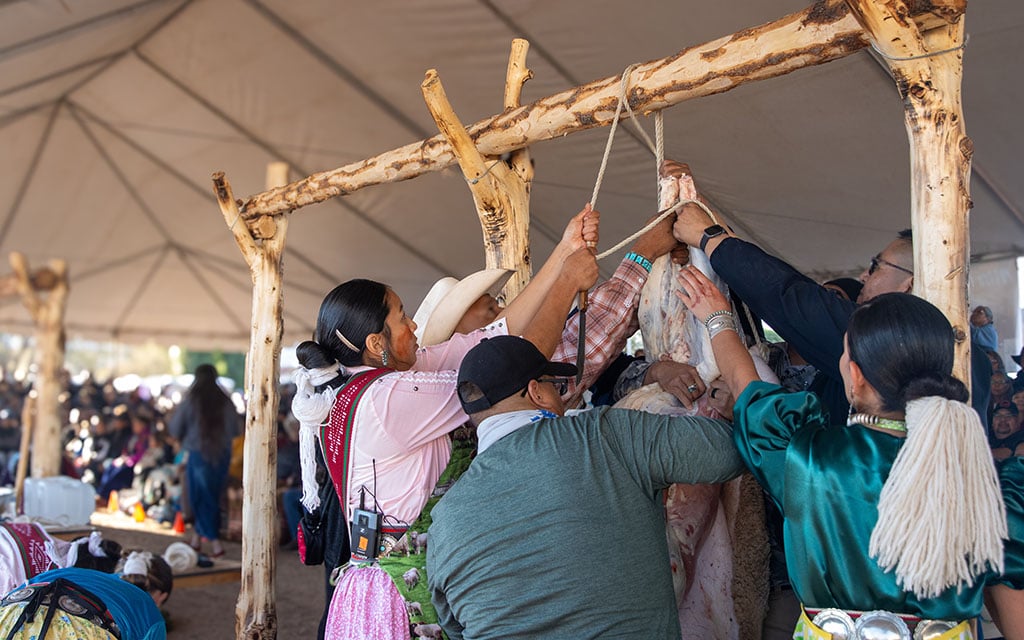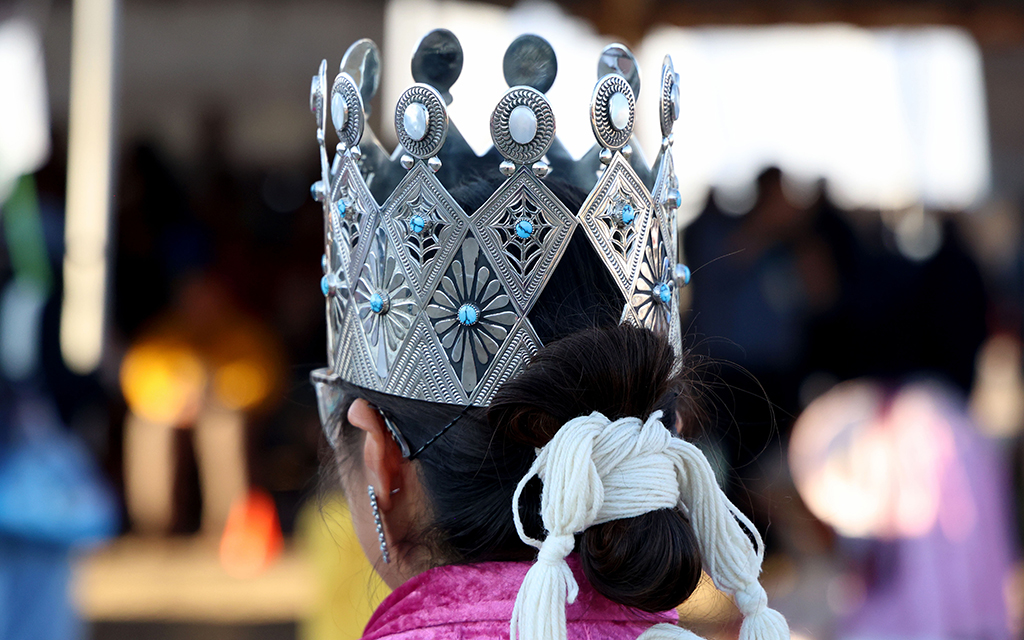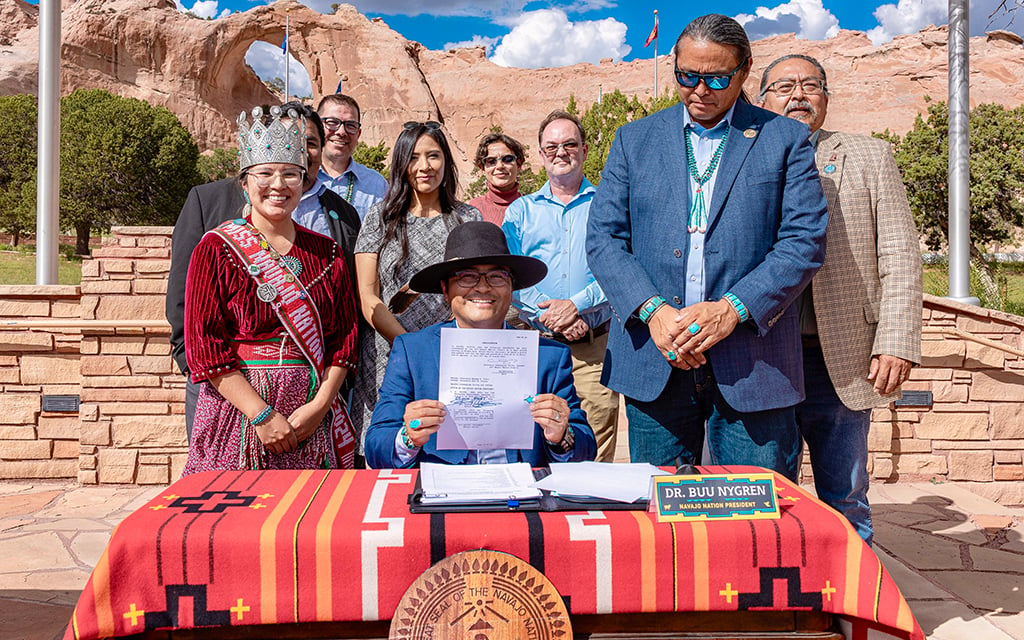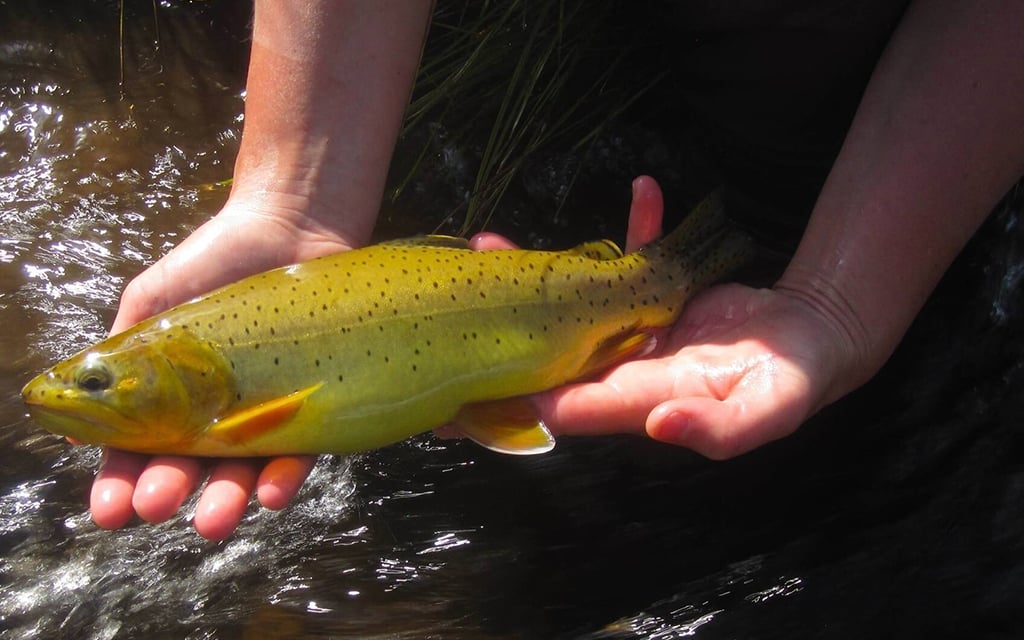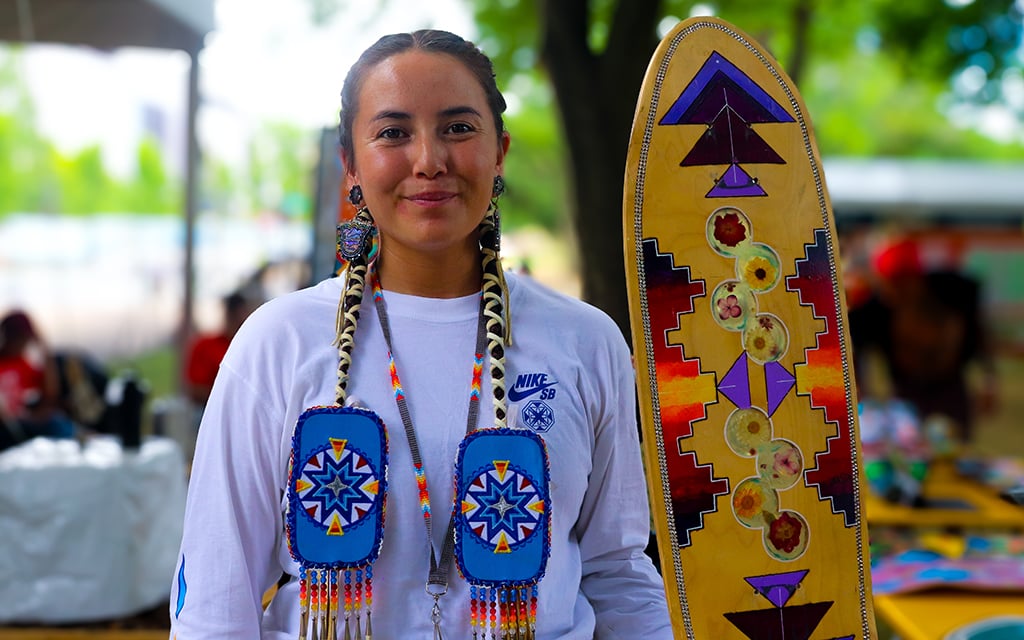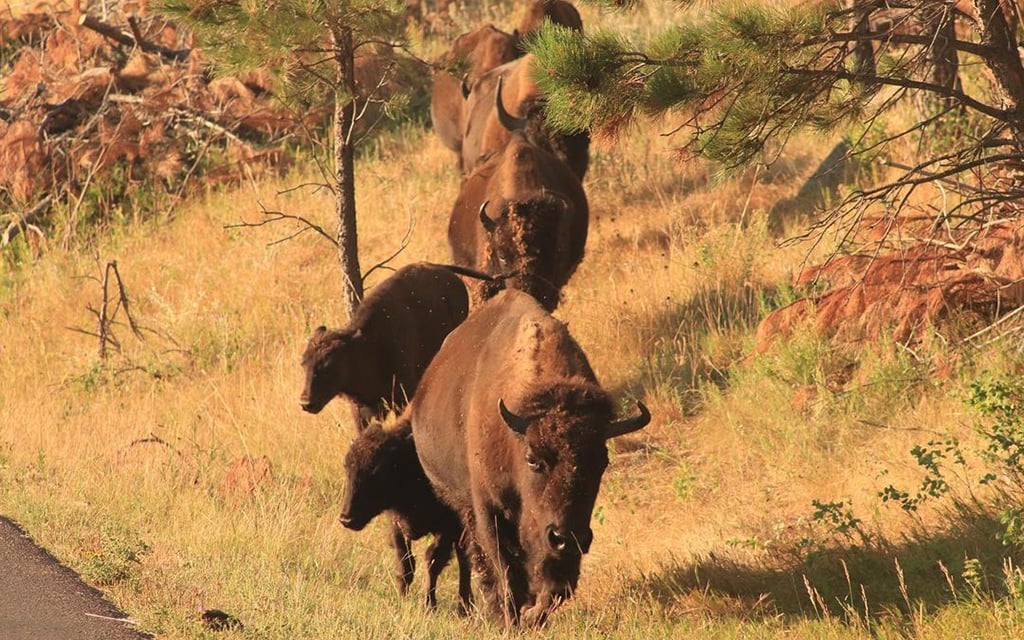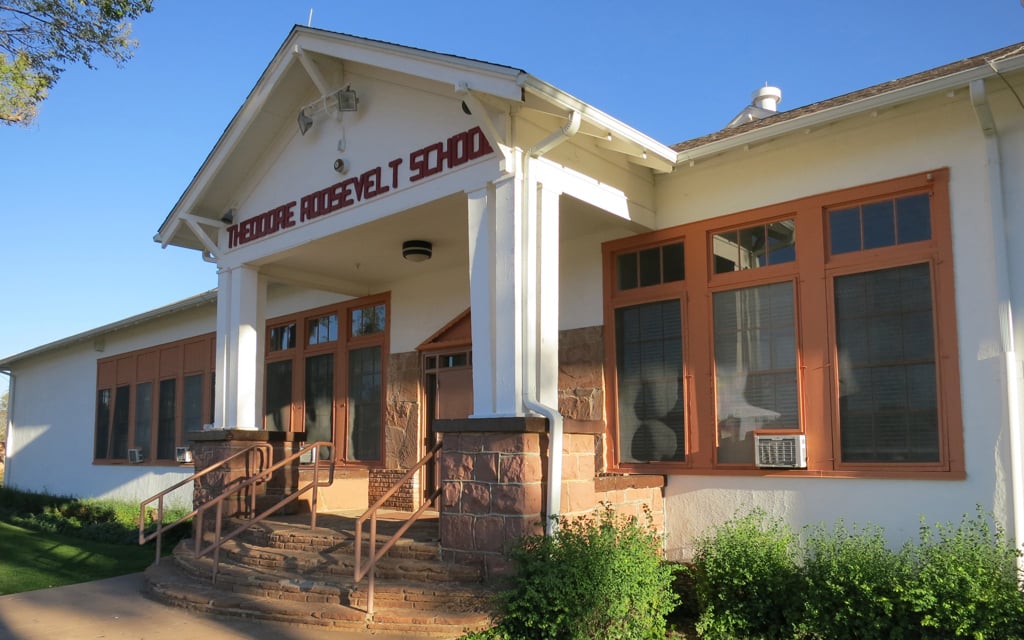Navajo and other radiation, uranium mine survivors demand action on stalled RECA compensation program
WASHINGTON – Survivors of radiation exposure from Arizona and New Mexico protested in Washington and demanded a U.S. House vote on a compensation program that expired in June. The Navajo and Laguna Pueblo nations largely made up the group pressuring Speaker Mike Johnson.
‘Bridge between the generations’: Miss Navajo Nation merges traditional and modern Diné customs
PHOENIX – Six contestants vied for the crown of Miss Navajo Nation, a pageant that celebrates Navajo culture and tradition, and imbues the winner as a role model in the country’s largest Native American tribal nation.
Certamen muestra tradiciones de la Nación Navajo
WINDOW ROCK, Ariz. – Seis mujeres navajo compiten en el certamen de Miss Nación Navajo. La Nación Navajo es tradicionalmente una sociedad matriarcal; una tradición que se transmite a las mujeres de generación a generación.
Havasupai Tribe continues to oppose controversial uranium mine as Energy Fuels assures safety
PHOENIX – The Pinyon Plain uranium mine near the Grand Canyon has been under scrutiny, but Energy Fuels continues to say its operations are safe. Despite this, the Havasupai are continuing their decades-long fight against the mine.
Navajos will press U.S. House to revive aid for victims of bomb fallout and uranium mines
WASHINGTON – The Navajo Nation is planning a protest at the U.S. Capitol to pressure House Republicans to revive a program for victims of radiation exposure. The program has compensated tens of thousands of bomb test downwinders and uranium miners.
Navajo Nation strengthens rules on uranium transportation as negotiations continue with Energy Fuels Inc.
WASHINGTON – Navajo Nation adopts new regulations on transportation of uranium ore through tribal land as it continues negotiations with Energy Fuels Inc.
Apache trout, Arizona’s state fish, dropped from endangered species list after 50-year comeback
WASHINGTON – Interior Secretary Deb Haaland declared the state fish of Arizona no longer endangered on Wednesday. The comeback of the Apache trout is a conservation success story 50 years in the making, though advocates say the move is premature.
Proposed federal commission would investigate abuses at Native American boarding schools that operated until the 1970s
WASHINGTON – A move is underway in Congress to create a commission to expose abuses at Native American boarding schools.
Skateboarding gives Navajo and other Indigenous people an outlet for artistry and heritage
WASHINGTON – Skateboarders from the Navajo Nation and other Indigenous groups “shredded it” at the Smithsonian Folklife Festival. The sport has proven to be an outlet for artistry and heritage.
Navajo uranium miners, people downwind of atom bomb tests demand justice as Congress lets aid program lapse
WASHINGTON – Congress let the Radiation Exposure Compensation Act expire June 10, leaving Navajo uranium workers and people downwind of nuclear weapons tests furious.
Where the buffalo roamed: Bill would return herds to ancestral Native American lands
WASHINGTON – A bill pending in the Senate would help tribal governments in Arizona and around the U.S. reintroduce buffalo onto reservations where millions of their ancestors once roamed.
Bill aims to ease teacher shortage at tribal schools by granting federal pensions to educators
WASHINGTON – A proposal in Congress aims to address recruitment and retention problems at Arizona’s tribally run schools by letting their teachers join the federal pension system. The bill is authored by Democratic Reps. Ruben Gallego of Phoenix and Gabe Vasquez of New Mexico.

